- Learning time
- 20 minutes
- First play time
- 30 minutes
Raptor
Designed by: Bruno Cathala,Bruno Faidutti
In Raptor one player controls a family of dinosaurs, trying to escape the clutches of the scientists. The other player plays the clutching scientists themselves, eager to bag themselves three raptors!
The board is set up from six tiles laid out randomly, which are then populated with some rocks. The board is essentially a grid upon which the pieces – scientists, mother raptor, baby raptors – will move around on during play, and the rocks are obstacles. Each player has a deck of cards and the game moves forward through card play: either side will have a hand of three cards at any time, and they select one card to play. Both sides reveal their cards simultaneously – the player who played the higher number gets a number of action points to spend equal to the numeric difference between both cards. So if you played a seven and your opponent played a three, you’d get four actions to play.
The actions can be used in a variety of ways – moving (both sides, though mother raptor moves pretty rapidly!) eating (raptor side) putting a raptor to sleep (scientist side) capturing a sleeping raptor (scientist side) and so on. Note that a scientist can’t do two aggressive moves on the same turn, though, so a single scientist cannot put a raptor to sleep and capture it on the same turn.
The player who played the lower value card gets to play one special action – this might be bringing more scientists to the board, starting a fire, scaring a scientist or waking up a sleeping raptor. We won’t go through them all here but each side will have a very easy to follow player aid that explains all your available actions and what the special actions are too.
At some point you will need to play your numerically feeble one card – it’s the only way to replenish your deck when it runs out!
The game continues until either three raptors have escaped (which they can do at either end of the board) or three raptors have been captured.
The guru's verdict
-
Take That!
Take That!
High. The whole game is a a struggle, with your opponents actions directly affecting you.
-
Fidget Factor!
Fidget Factor!
Pretty much zero, although there may be a short pause if your opponent is finding it hard to choose a card!
-
Brain Burn!
Brain Burn!
The rules aren't heavy at all. The pressure in Raptor comes from trying to read your opponent and weighing the odds - you can always see what cards have been played, so you when the deck is low you have a very good idea what they might be planning.
-
Again Again!
Again Again!
Cards are shuffled so your hand - early on, at least - is random. Beyond that, it's a tactical challenge that allows for a little bluff and double-bluff.

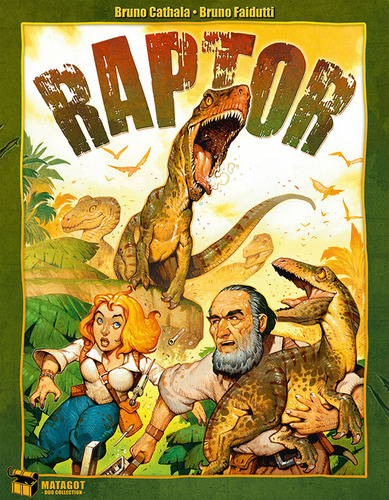
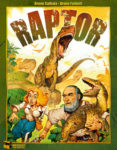
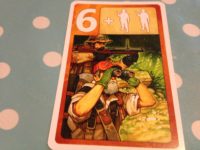

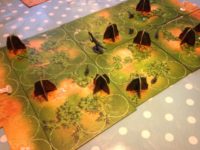
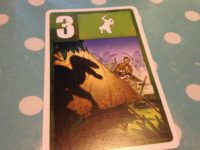


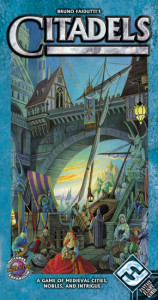
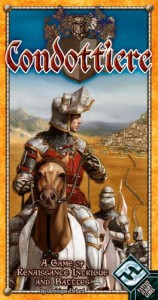
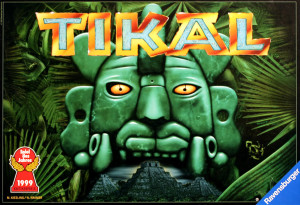

Sam says
I think Raptor is a really clever game - appearances (and light rules) make it very child-friendly, but how the card-play works is devilish. There's luck in what you get in your hand, but shrewd play can negate it. Keeping a close eye on what cards your opponent has used and trying to figure out their next move is a delicious bit of table-reading that will appeal to poker fans.